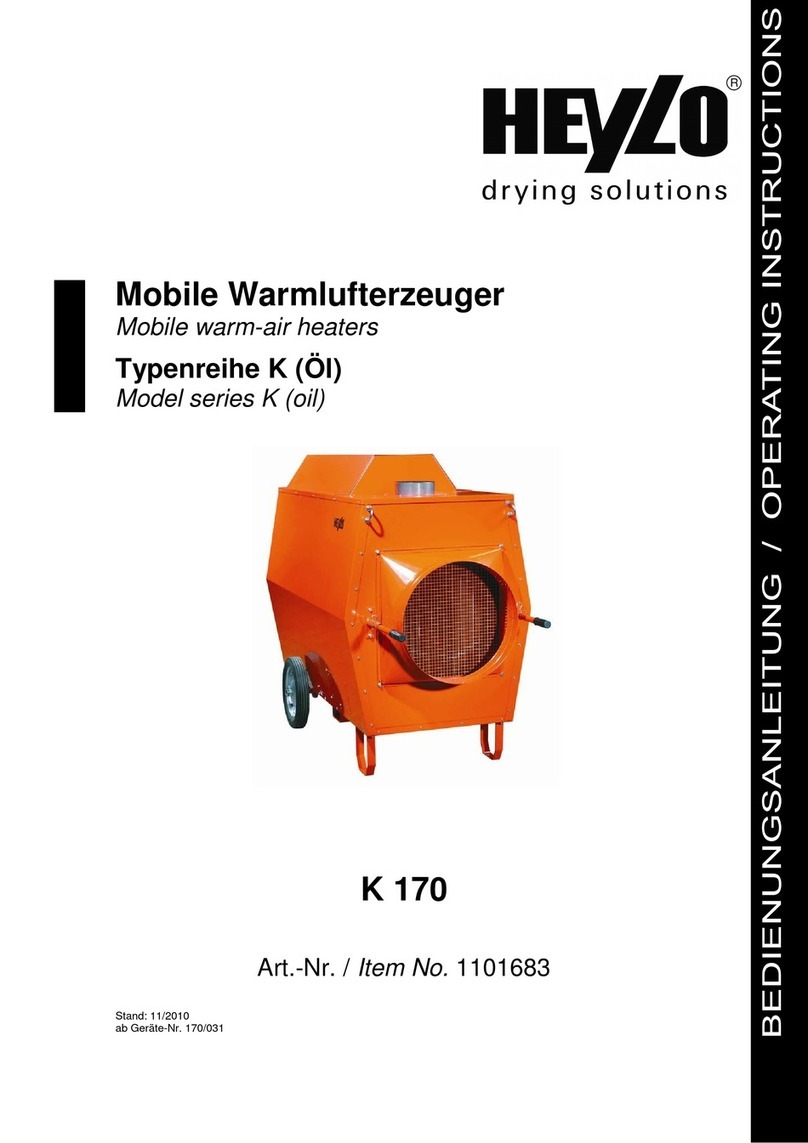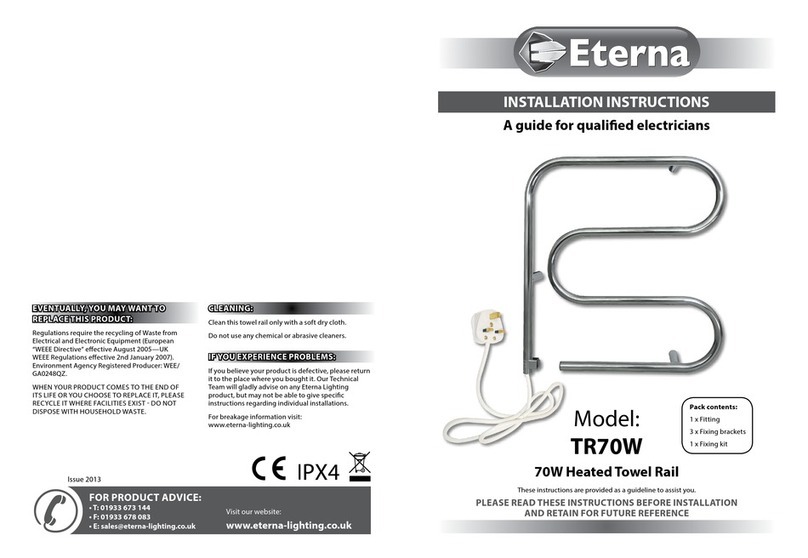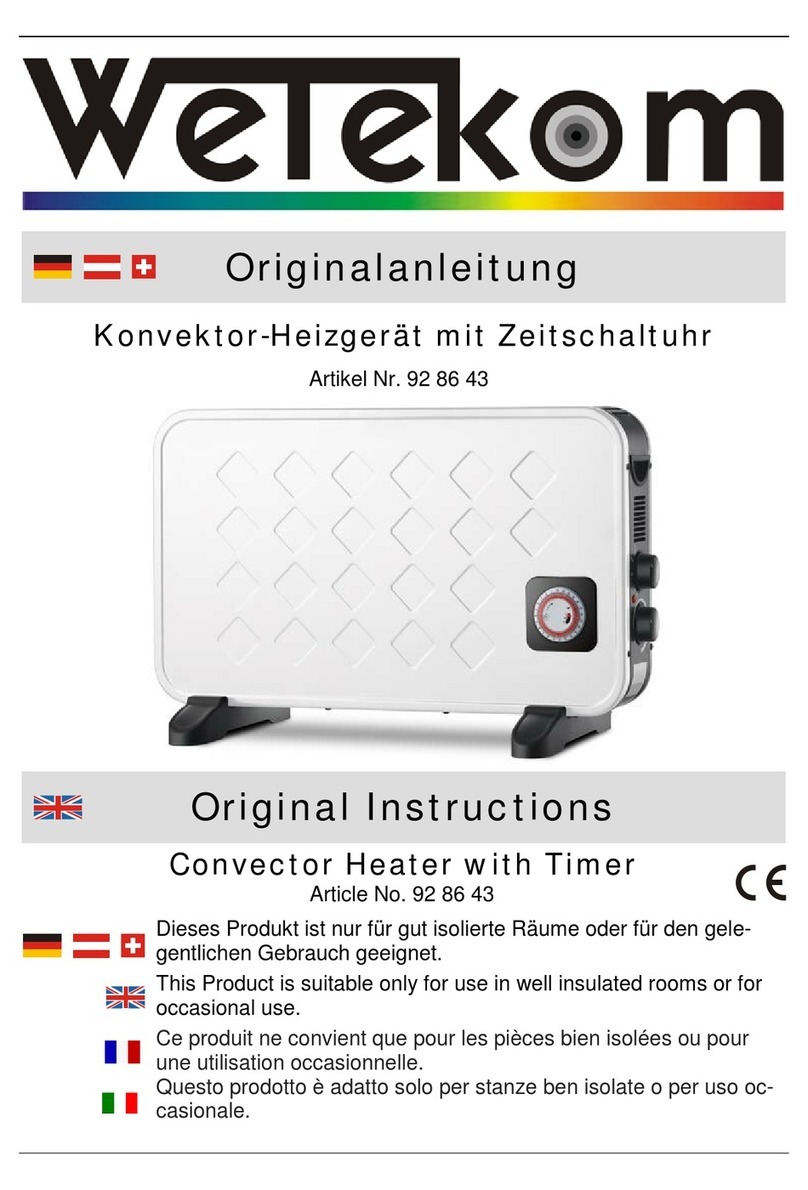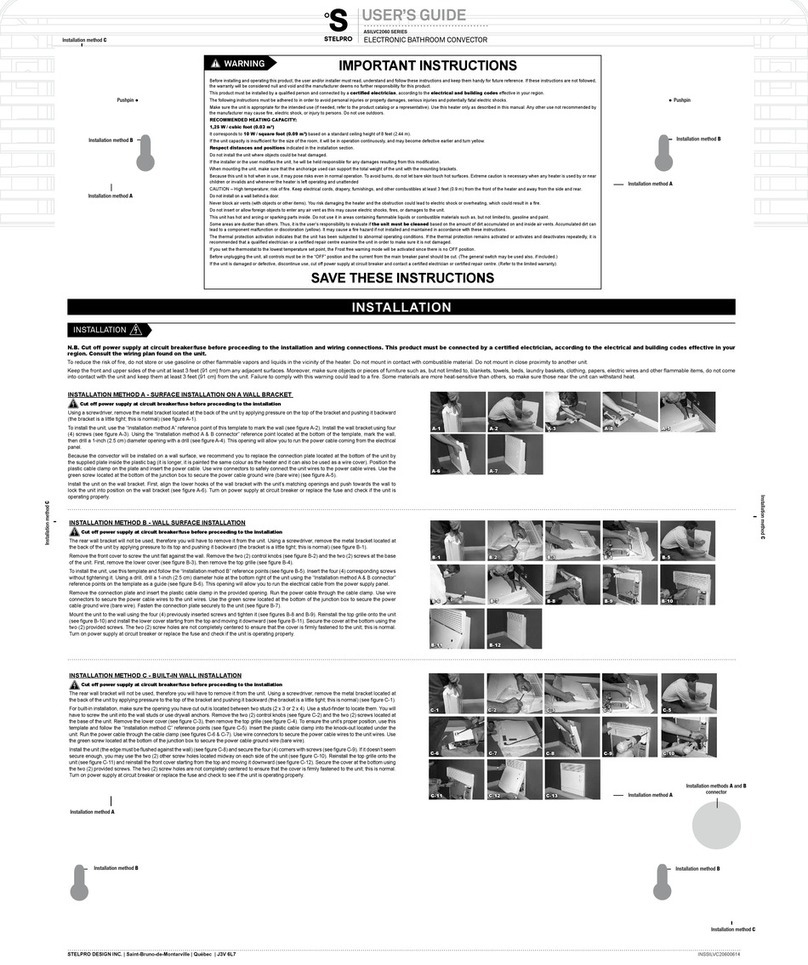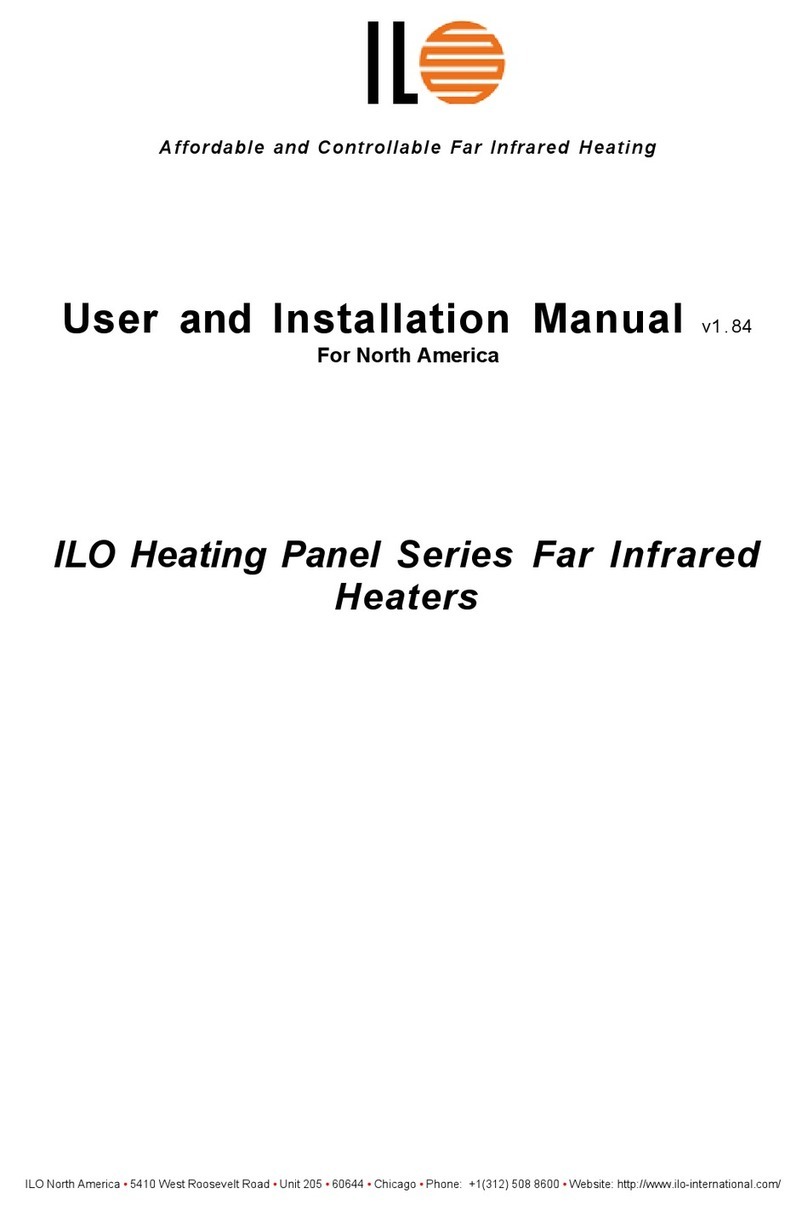
Introduction MANUAL - ES700B
Rev November 2019
Copyright © 2019 Equipment Source Inc.
Page 4 of 30
1.4 Equipment Source Inc: Limited Warranty
WARRANTY INFORMATION
Equipment Source Inc. (ESI) warrant to you, the original
purchaser, that all parts (except those 3rd party
components listed below) of your new ESI product
purchased from an Authorized ESI Distributer or from ESI
directly will be free from defects in materials or
workmanship for 1 (one) year/2,000 hours (whichever
occurs first) from invoice date. Additional component
warranties are listed below.
Summary of major component warranties (see
component sections of this manual for further details
and additional warranties). Warranty periods are from
invoice date. Not all of the following components are
applicable to every product. All warranty time periods
begin at invoice date:
1. Engine – 2 (two) years / 2,000 hours, whichever
occurs first (please refer to the Kubota Engine
Warranty sheet enclosed in this manual).
2. Generator and Controls – Free from defects in
materials or workmanship for 1 (one) year / 2,000
hours.
3. Flagro Heater / Fire Box - 1 (one) year / 2,000 hours
4. ESI Manufactured Firebox– free from defects in
materials or workmanship for 3 (three).
5. Pump – 1 (one) year (please refer to the pump
warranty sheet enclosed in this manual), wear parts
are not covered under warranty.
6. Buderus Boiler – 2 (two) years limited warranty,
please refer to Buderus warranty sheet enclosed in
this manual.
In order to obtain warranty repairs, you must deliver the
product, at your expense, together with proof of
purchase to 1919 Van Horn Road, Fairbanks, AK 99701
(907.458.9049) or 7780 Old Seward Highway,
Anchorage, AK 99518 (907.341.2250). Call 907.458.9049
from outside Alaska. Offsite warranty may be performed
if customer pays all travel and shipping expenses.
No person, agent or dealer is authorized to give any
warranties on the behalf of ESI, nor is to assume for this
company any other liability in connection with any of
ESI’s products unless made in writing and signed by an
officer of ESI. This warranty supersedes and is in leu of all
other warranties, expressed or implied including terms
and conditions of Purchase Orders. The company must
be notified within 5 (five) business days, in writing of any
product failure and warranty claim.
WHAT THE WARRANTY DOES NOT COVER
This warranty does not cover:
1. Damage, malfunction or failures resulting from
accidents, abuse, misuse, modifications, alteration,
improper servicing or lack of performance of
required maintenance service voids the warranty
including but not limited to regularly scheduled oil
changes and filter changes.
2. Damage, malfunction or failures resulting from
underloading of the engine (also known as wet
stacking) voids the warranty. Refer to the Operations
and Maintenance manual for proper engine loading
requirements.
3. Normal maintenance services or replacement of
maintenance items such as light bulbs, preheater
plugs, heater nozzles, filter elements, lubricants, oils,
coolant, belts, tires, or other wear items.
4. This warranty does not cover cosmetic damage.
5. 3rd party parts installed on ESI products.
Unauthorized modifications to the unit will void the
warranty and may impair function.
6. Failure of or damage caused by ancillary systems.
These include but are not limited to failures of the
fuel or oil system (not provided by ESI), HVAC
system, building / structure or other systems.
7. Units placed in storage must be stored out of the
elements and protected from rain, snow and
sunlight. The warranty will be voided for units left
exposed to the elements during storage. ESI built
unit enclosures provide sufficient protection when
properly closed.
8. Improperly installed products. Operating the unit on
or in the packing pallet or crate or improperly
mounted skid generator (including installation of
isolators between the skid and mounting surface)
voids the warranty. Consult the product operator’s
manual for required installation procedures.
9. Installation of electrical components by anyone
other than a licensed electrician voids the warranty.
10. Use of the unit for application other than what the
product was meant for voids the warranty.
11. Warranty coverage expires whenever the client, for
whatever reason, is late in payment.








